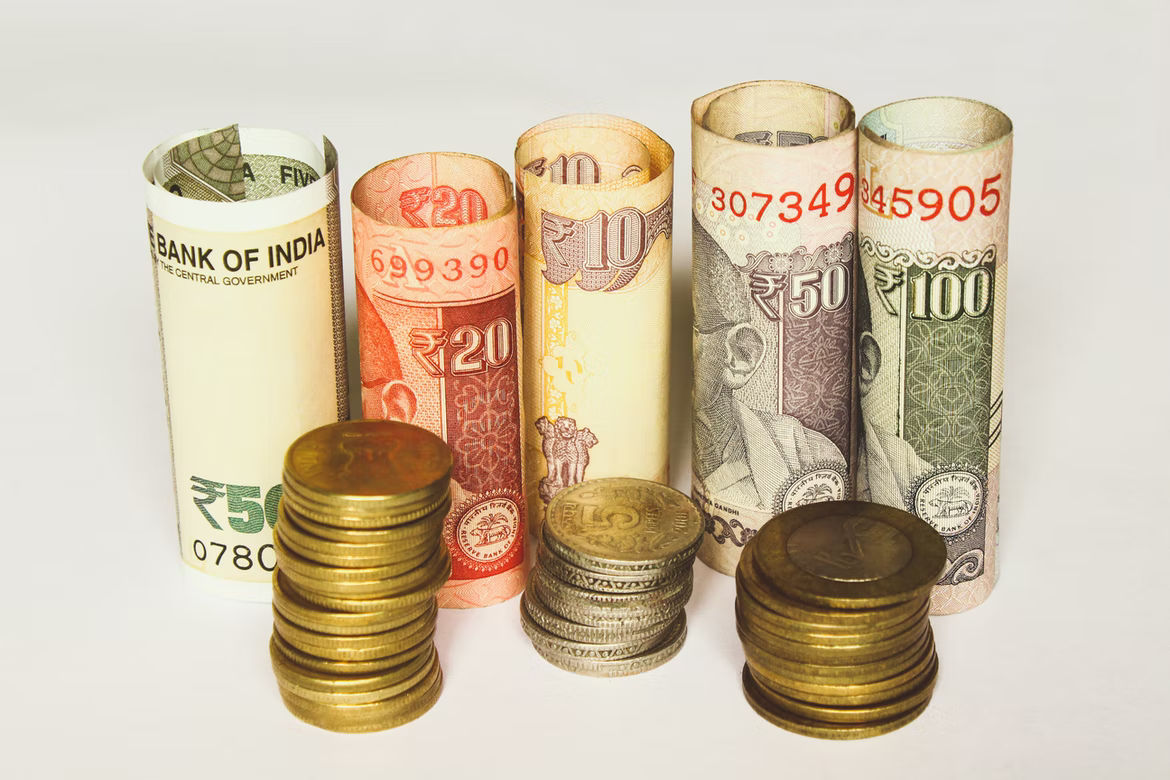The Reserve Bank of India (RBI) has developed a system to settle international trade in rupees “in order to stimulate the expansion of global trade with a focus on Indian exports and to support the growing interest of the global trading community in the rupee.”
The action by the central bank follows increased pressure on the Indian rupee as a result of Russia’s invasion of Ukraine and sanctions imposed by the US and the EU.
Also Read| Harshad Mehta’s wife Jyoti brings Big Bull’s side of story to light
The RBI mechanism is designed to help importers and exporters sidestep laws that prohibit the use of a global currency, such as the US dollar, in trade with certain countries. Several countries slapped sanctions on Russia when it attacked Ukraine. The new system may be used by Indian companies searching for alternate ways of payment for imports.
The RBI expects this new system to boost global trade growth, with a focus on Indian exports, and to “support the growing interest of the global trading community in INR.”
Also Read| Harshad Mehta scam: How Big Bull shook the Indian stock market
All exports and imports under this arrangement may be denominated and invoiced in INR, according to the broad framework for cross-border trade transactions in INR under the Foreign Exchange Management Act, 1999 (FEMA), and the exchange rate between the currencies of the two trading nations may be market-determined.
Also Read| Impact of US Feds’ biggest rate hike since 1994 on India
Furthermore, a bank authorised to deal in foreign exchange in India can open Special Rupee Vostro Accounts of correspondent banks of the partner trading countries for the settlement of trade transactions with any country.
Also Read| How to survive a market crash
To enable international trade transactions to be settled through this structure; Indian importers can pay in INR, which will be credited into the Special Vostro account of the partner country’s correspondent bank, against receipts for the supply of items or services from the offshore seller/supplier.
Indian exporters who use this method to export products and services will be paid INR from the balances in the specified Special Vostro account of the partner country’s correspondent bank.
Also Read| Great Depression to COVID: Top 5 market crashes in American history
According to the RBI, Indian exporters may get advance payments in Indian rupees from international buyers using the Rupee Payment Mechanism. The issuance of bank guarantees for trade transactions conducted under this arrangement is permissible, subject to conformity to FEMA regulations and the Master Direction on Guarantees and Co-acceptances.
The balance in Special Vostro Accounts, according to the RBI, can be utilised for a variety of purposes, including project and investment payments, export/import advance flow management, investment in Government Treasury Bills, Government securities, and so on.
Also Read| US inflation rate at a 40-year high | A timeline: 1930-2022
Indian exporters and importers may utilise this rupee payment mechanism for trade with nations like Russia, Iran, and Sri Lanka, according to forex dealers.
Also Read| How India can fight ransomware attacks
The trade deficit between India’s exports and imports reached new highs in May and June. This increases the current account deficit, which some analysts predict will nearly double to more than 3% of GDP in FY23. The rupee is at an all-time low against the US dollar. According to economists, the RBI’s action may not boost the external account immediately, but it may reduce demand for dollars in the medium run.







